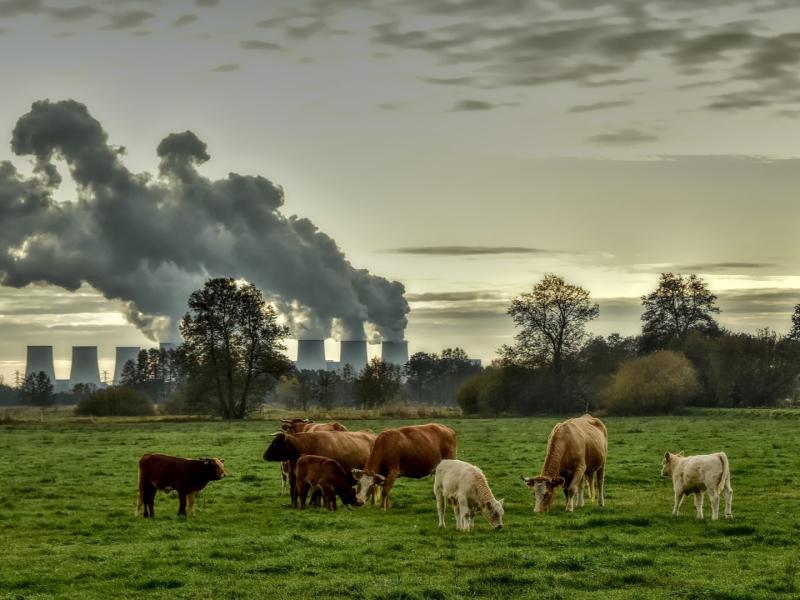
Emission Control
Emission Control
Finding solutions for emissions that
pollute the environment and harm health
Finding solutions for emissions that
pollute the environment and harm health
Pollutants from vehicles harm the environment and human health in several ways. For example, airborne particles of soot and metal can cause skin and eye irritation as well as respiratory problems. Sulfur dioxide and nitrogen oxides (such as nitrogen dioxide, which causes haze) mix with rainwater to create acid rain, which damages crops, vegetation, and even buildings. And harmful carbon monoxide is a major component of vehicle exhaust fumes and enters the atmosphere as a greenhouse gas.
When it comes to vehicle emissions, the automotive industry faces a two-pronged challenge—meeting increasingly tight air quality standards while overcoming difficulties with catalyzing emissions at the lower operating temperatures of today’s more efficient vehicles.
An institute that catalyzes research
PNNL supports the U.S. Department of Energy’s Vehicle Technologies Office mission through a variety of catalysis efforts, including stewardship of the Institute for Integrated Catalysis. This institute brings together more than 100 in-house scientists from industry, other national laboratories, and academia to study a wide range of catalysis disciplines, including exhaust catalysis, and guide the nation toward a carbon-neutral future.
PNNL researchers are exploring catalyst coatings used on exhaust aftertreatment devices such as diesel particle filters. Better filter coatings can play a key role in reducing harmful emissions from on-road vehicles.
With its academic partners, PNNL is making great strides in developing catalysts that are more rugged, can reduce tailpipe pollution at lower temperatures, and may even be cheaper than existing methods.
PNNL scientists have also created catalysts that use smaller amounts of platinum group metals (such as platinum, palladium, and rhodium), which are often expensive components of catalytic converters, to clean exhaust from modern engines.
Taking action against harmful vehicle emissions, one catalyst at a time, thanks to PNNL’s expertise and partnerships with national laboratory, academic, and industrial collaborators.

